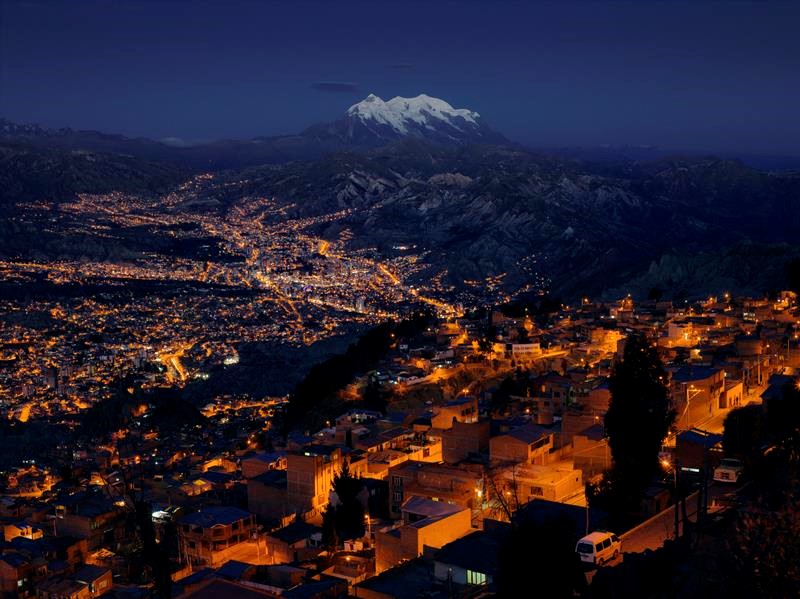Exhibition on the Theme
VANISHING GLACIERS


The glaciers in South America developed exclusively on the Andes, many on steep slopes and peaks over 5,000 metres above sea level. One of the regions of most concern is the tropical Andes (covering Venezuela, Colombia, Ecuador, Peru, and Bolivia), where 99% of the world’s tropical glaciers occur. These glaciers are regarded as among the most sensitive indicators of climate change on the planet, according to the Intergovernmental Panel on Climate Change. They are a key part of the region’s water cycle, but since the 1970s, they have shrunk by 30 to 50%, an unprecedented rate in the past 300 years .
3. Rabatel, A. et al. (2013). Current state of glaciers in the tropical Andes: a multi-century perspective on glacier evolution and climate change. The Cryosphere, 7, 81–102, doi:10.5194/tc-7-81-2013/em>

Mount Illimani, Bolivia | Klaus Thymann (2013)
Between the Pacific and the spine of the Andes, which curves through the southwestern part of Bolivia, lies the vast, arid Andean Plateau. It is home to the city of La Paz and the grasses of the Altiplano of Bolivia. Further east, the grasslands and dry deserts give way to towering mountains and glaciers, and hidden beyond the forbidding Andean peaks is the Amazon basin.
Nestled within the Cordillera Real Range is La Paz, the world’s highest capital city, 3,640 metres above sea level. The city, which has a backdrop of peaks above 5,000 metres, including Mount Illimani, the second highest peak of Bolivia, is sustained by glacial meltwater runoff. As the glaciers recede, the landlocked country is losing a vital resource, which is used for water consumption and also contributes to forestry and agriculture, the livelihood of indigenous communities, and hydroelectric power generation.
